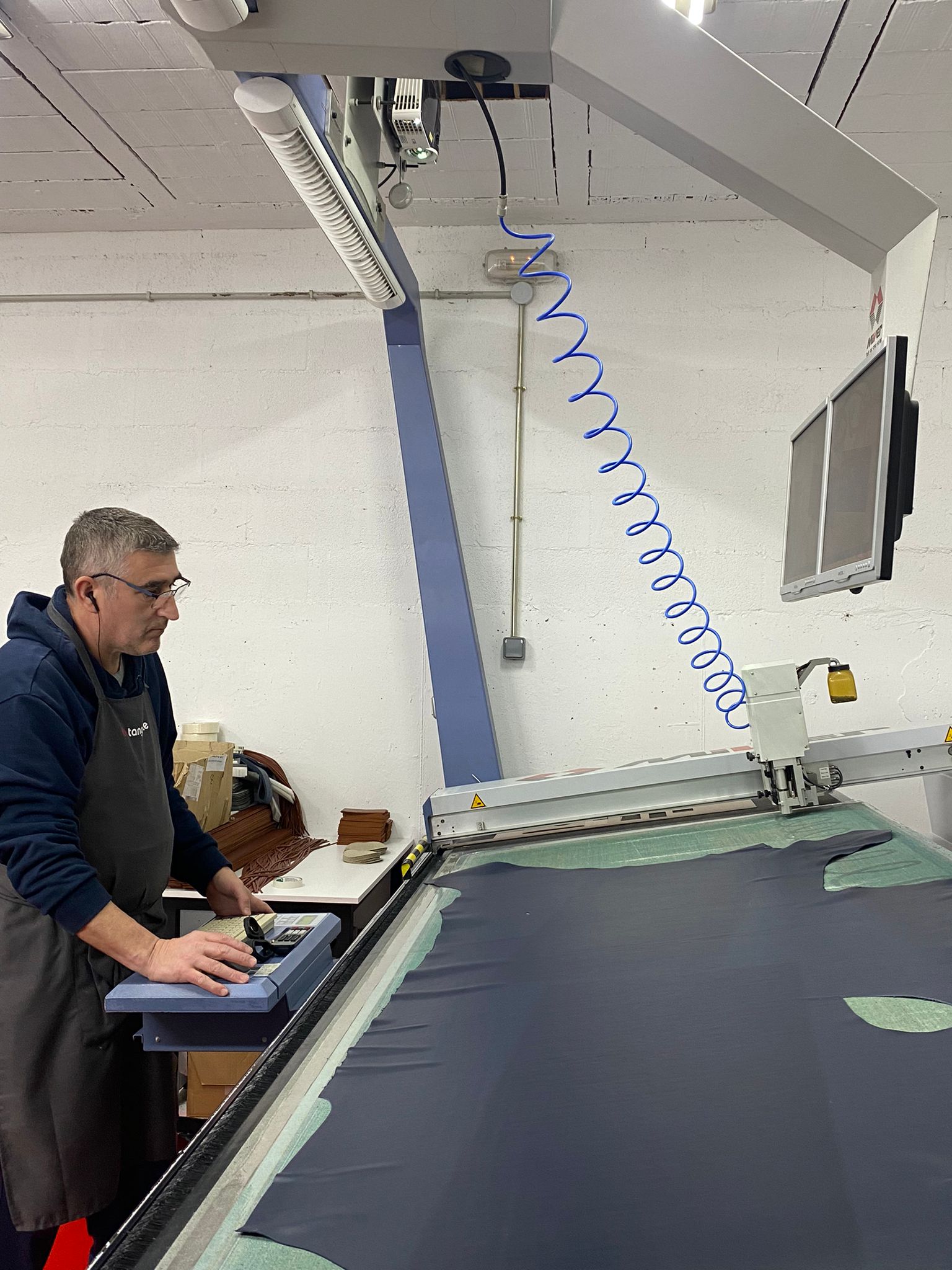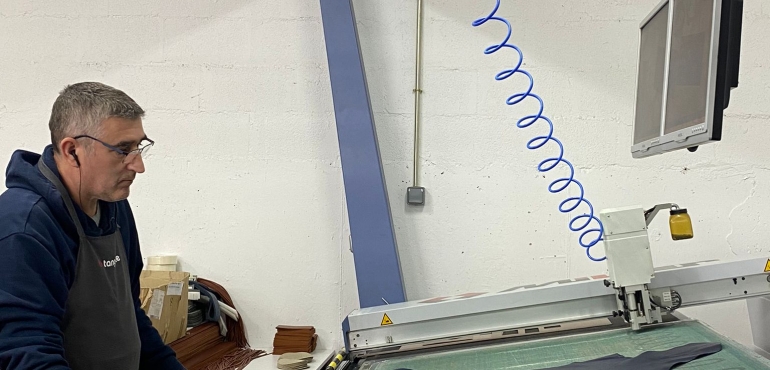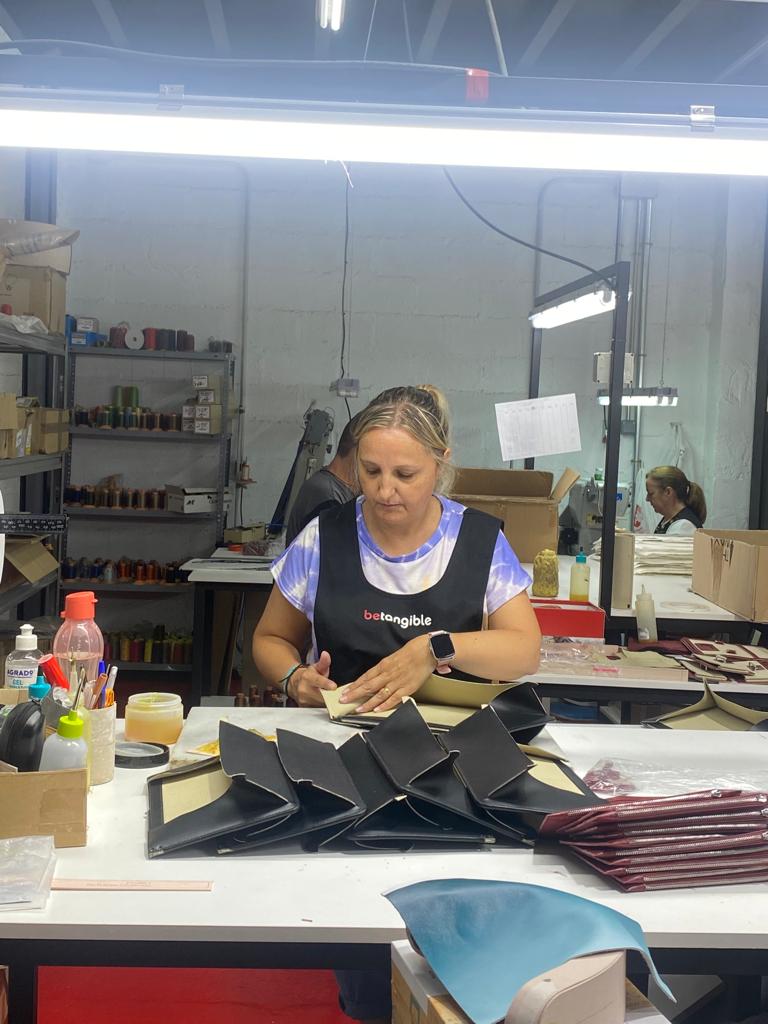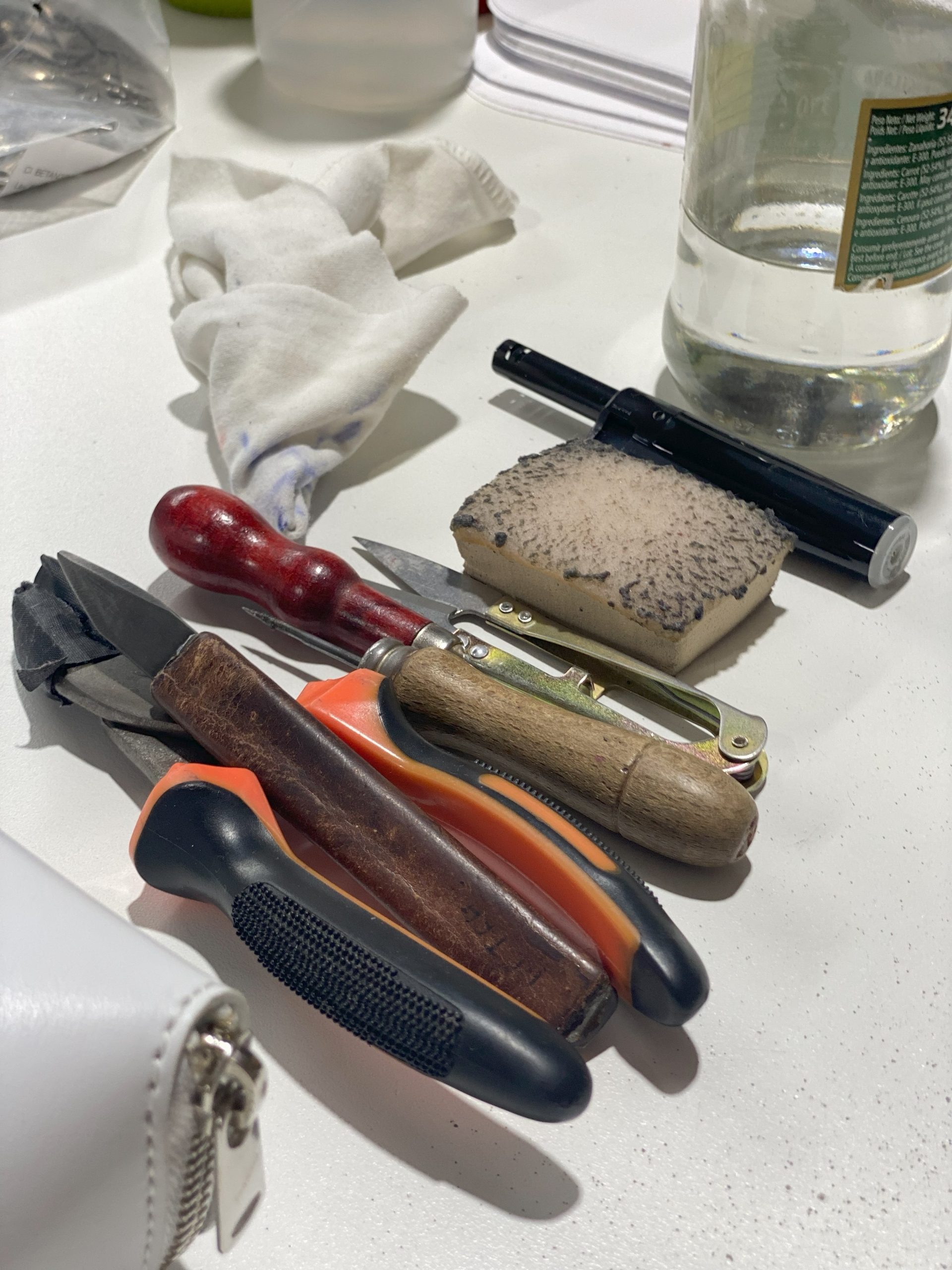Redefining Craftsmanship: How Industry 5.0 is Elevating Leather Goods Manufacturing to New Heights
Industry 5.0 is focused on the integration of advanced technologies such as
artificial intelligence (AI), the Internet of Things (IoT), and robotics into
manufacturing processes to create a more efficient and sustainable production system. Industry 5.0 builds on the foundations of Industry 4.0, which emphasizes automation and data exchange in manufacturing, by adding a more human-centric approach that puts a greater emphasis on collaboration between machines and humans.
One of the key areas of Industry 5.0 specialist is not only the development of
smart factories that use AI and IoT or implementing the development of more flexible and adaptable manufacturing systems that can quickly adjust to changing production requirements; Industry 5.0 is committed to promoting sustainability and social responsibility in manufacturing. This would involve developing production systems that minimize waste and pollution, as well as ensuring that workers are treated fairly and have access to the training and support, they need to succeed in an increasingly technology-driven industry. By focusing on these key areas, Industry 5.0 has the potential to transform manufacturing into a more efficient, sustainable, and human-centric system that benefits both workers and consumers.
The manufacturing industry has undergone a series of transformations over the years, from the first Industrial Revolution to the current Industry 4.0. Industry 5.0 is the next evolution of manufacturing, and it promises to revolutionize the way traditional industries operate. One such industry that can benefit greatly from Industry 5.0 is the leather goods manufacturing guild.
The leather goods industry has a rich history, dating back centuries. From the leather armor worn by soldiers in ancient times to the designer handbags of today, leather has been used to create a wide range of products. Traditional leather manufacturing methods can be time-consuming and labor-intensive. Industry 5.0 can help address these challenges and provide new opportunities for the leather goods manufacturing guild.
One way that Industry 5.0 can help the leather goods manufacturing guild is by increasing efficiency. One of the goals of Industry 5.0 is to optimize production processes using advanced technologies such as artificial intelligence (AI), the Internet of Things (IoT), and robotics. By monitoring every stage of the production process, manufacturers can collect data on everything from raw material to machine performance, allowing them to identify areas for improvement and make changes in real-time. This can lead to a significant increase in efficiency, reducing waste and increasing productivity.
Another way that Industry 5.0 can benefit the leather goods manufacturing guild is by improving product quality. By using advanced technologies to monitor and control the manufacturing process, manufacturers can ensure that their products meet the highest standards of quality and consistency. This can be especially important in the luxury goods market, where customers expect premium products that are made to the highest standards where consistency is a must.

Industry 5.0 can also help the leather goods manufacturing industry address environmental concerns. Leather production can be resource-intensive, requiring significant amounts of water, energy, and chemicals. By using advanced technologies to optimize the production process, manufacturers can reduce their environmental impact and create more sustainable products. For example, AI-powered supply chain management systems can help reduce waste by ensuring that raw materials are used more efficiently, while lot sensors can monitor and control water and energy usage.
Finally, Industry 5.0, also known as the “human-machine-collaboration” model, emphasizes the integration of human skills and knowledge with advanced technologies to create innovative and sustainable manufacturing solutions. We believe that in the leather goods manufacturing industry, Industry 5.0 can help in several ways, including:
- Enhancing product quality: Industry 5.0 can help leather goods manufacturers to improve the quality of their products by allowing skilled workers to collaborate with machines to achieve higher precision and accuracy in the manufacturing process. This can result in products that are of superior quality, more durable, and aesthetically appealing.
- Increasing productivity: By integrating human skills with advanced
technologies, Industry 5.0 can help to increase the productivity of leather goods manufacturing. Workers can focus on tasks that require human skills, such as design and creativity, while machines take care of repetitive and time-consuming tasks, such as cutting and stitching. - Improving sustainability: Industry 5.0 can help leather goods
manufacturers to reduce their environmental footprint by optimizing
resource utilization and minimizing waste. For example, by using
machine learning algorithms to optimize the leather cutting process,
manufacturers can reduce the amount of leather waste generated during production. - Enabling customization: With Industry 5.0, manufacturers can offer
customized leather goods that meet the specific needs and preferences
of customers. By leveraging human skills and advanced technologies,
manufacturers can produce unique products that are tailored to individual customer requirements.

Overall, Industry 5.0 can help the leather goods manufacturing guild to create a more sustainable, efficient, and customer-focused manufacturing ecosystem that leverages the strengths of both humans and machines.
In conclusion, Industry 5.0 has the potential to revolutionize traditional
industries such as the leather goods manufacturing guild. By using advanced technologies to optimize production processes, improve product quality, reduce environmental impact, and create new opportunities for growth and innovation, manufacturers can stay competitive in an increasingly globalized marketplace. As Industry 5.0 continues to evolve, it will be exciting to see how it can transform the manufacturing industry and create new opportunities for businesses of all sizes.








There are no comments